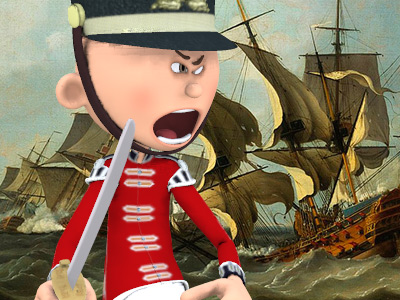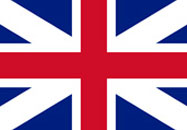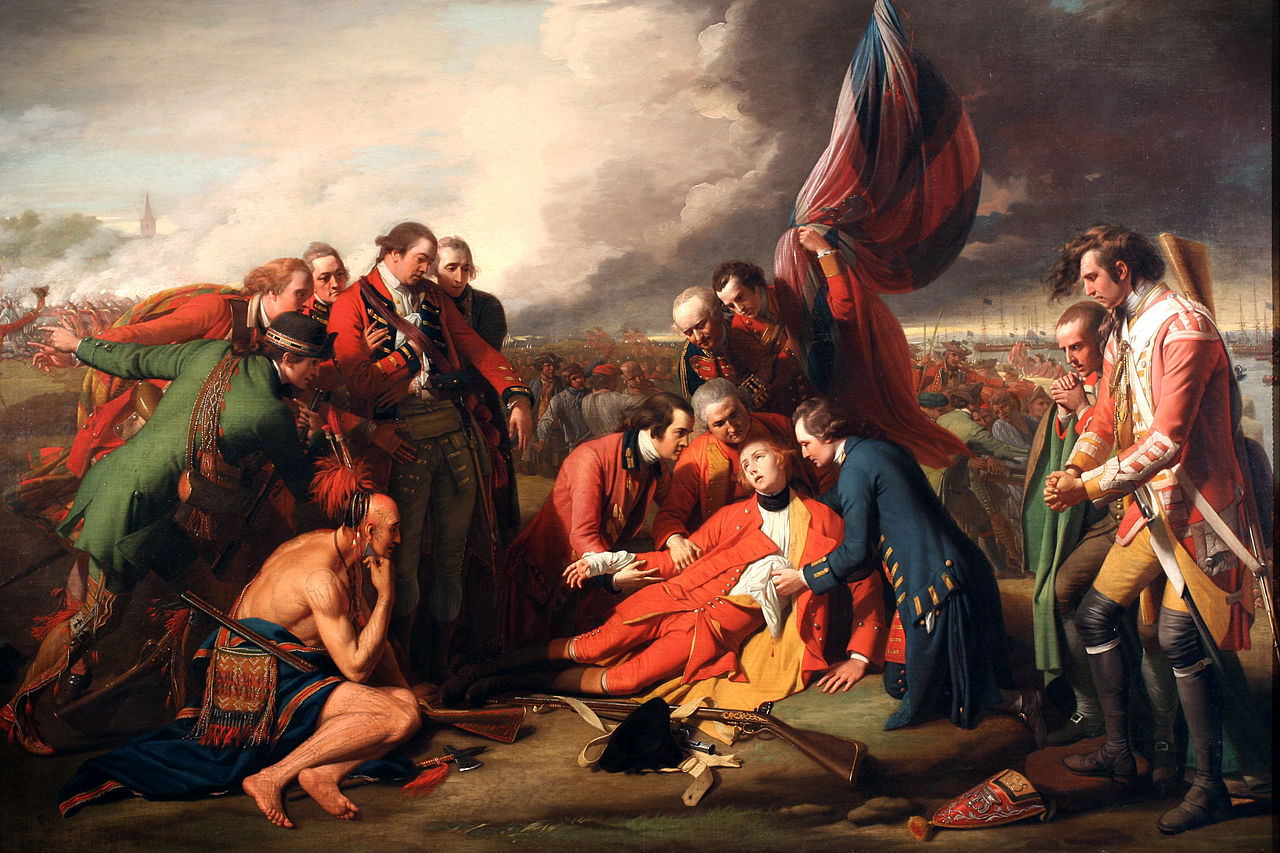Seven Years' War (1756-1763)
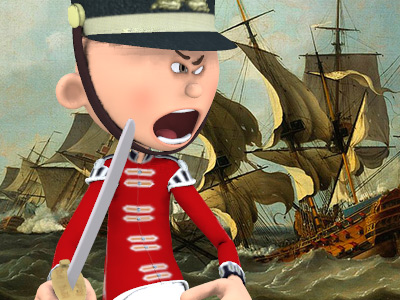
Europe 1759-1760
The year 1759 saw several Prussian defeats. At the Battle of Kay, or Paltzig, the Russian Count Saltykov with 47,000 Russians defeated 26,000 Prussians commanded by General Carl Heinrich von Wedel. Though the Hanoverians defeated an army of 60,000 French at Minden, Austrian general Daun forced the surrender of an entire Prussian corps of 13,000 in the Battle of Maxen. Frederick himself lost half his army in the Battle of Kunersdorf (now Kunowice Poland), the worst defeat in his military career and one that drove him to the brink of abdication and thoughts of suicide. The disaster resulted partly from his misjudgment of the Russians Russian Empire was an empire and the final period of the Russian monarchy from 1721 to 1917, ruling across large parts of Eurasia. The rise of the Russian Empire coincided with the decline of neighbouring rival powers: the Swedish Empire, the Polish–Lithuanian Commonwealth, Qajar Iran, the Ottoman Empire, and Qing China. Russia remains the third-largest empire in history, surpassed only by the British Empire and the Mongol Empire., who had already demonstrated their strength at Zorndorf and at Gross-Jägersdorf (now Motornoye, Russia), and partly from good cooperation between the Russian and Austrian
Russian Empire was an empire and the final period of the Russian monarchy from 1721 to 1917, ruling across large parts of Eurasia. The rise of the Russian Empire coincided with the decline of neighbouring rival powers: the Swedish Empire, the Polish–Lithuanian Commonwealth, Qajar Iran, the Ottoman Empire, and Qing China. Russia remains the third-largest empire in history, surpassed only by the British Empire and the Mongol Empire., who had already demonstrated their strength at Zorndorf and at Gross-Jägersdorf (now Motornoye, Russia), and partly from good cooperation between the Russian and Austrian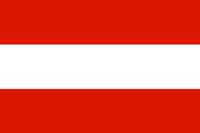 The Archduchy of Austria was a major principality of the Holy Roman Empire and the nucleus of the Habsburg monarchy. With its capital at Vienna, the archduchy was centered at the Empire's southeastern periphery. The archduchy's history as an imperial state ended with the dissolution of the Holy Roman Empire in 1806. It was replaced with the Lower and Upper Austria crown lands of the Austrian Empire. forces.
The Archduchy of Austria was a major principality of the Holy Roman Empire and the nucleus of the Habsburg monarchy. With its capital at Vienna, the archduchy was centered at the Empire's southeastern periphery. The archduchy's history as an imperial state ended with the dissolution of the Holy Roman Empire in 1806. It was replaced with the Lower and Upper Austria crown lands of the Austrian Empire. forces.

Battle of Maxen

Battle of Maxen
( Click image to enlarge)
The French planned to invade the British Isles during 1759 by accumulating troops near the mouth of the Loire and concentrating their Brest and Toulon fleets. However, two sea defeats prevented this. In August, the Mediterranean fleet under Jean-François de La Clue-Sabran was scattered by a larger British The Kingdom of Great Britain was a sovereign country in Western Europe from 1 May 1707 to the end of 31 December 1800. The state was created by the 1706 Treaty of Union and ratified by the Acts of Union 1707, which united the kingdoms of England (which included Wales) and Scotland to form a single kingdom encompassing the whole island of Great Britain and its outlying islands, with the exception of the Isle of Man and the Channel Islands. fleet under Edward Boscawen at the Battle of Lagos. In the Battle of Quiberon Bay on 20 November, the British admiral Edward Hawke with 23 ships of the line caught the French Brest fleet with 21 ships of the line under Marshal de Conflans and sank, captured, or forced many of them aground, putting an end to the French plans.
The Kingdom of Great Britain was a sovereign country in Western Europe from 1 May 1707 to the end of 31 December 1800. The state was created by the 1706 Treaty of Union and ratified by the Acts of Union 1707, which united the kingdoms of England (which included Wales) and Scotland to form a single kingdom encompassing the whole island of Great Britain and its outlying islands, with the exception of the Isle of Man and the Channel Islands. fleet under Edward Boscawen at the Battle of Lagos. In the Battle of Quiberon Bay on 20 November, the British admiral Edward Hawke with 23 ships of the line caught the French Brest fleet with 21 ships of the line under Marshal de Conflans and sank, captured, or forced many of them aground, putting an end to the French plans.
The year 1760 brought yet more Prussian disasters. The general Fouqué was defeated by the Austrians in the Battle of Landshut. The French captured Marburg, and the Swedes part of Pomerania. The Hanoverians were victorious over the French at the Battle of Warburg, their continued success preventing France The Kingdom of France is the historiographical name or umbrella term given to various political entities of France in the medieval and early modern period. It was one of the most powerful states in Europe since the High Middle Ages. It was also an early colonial power, with possessions around the world. Colonial conflicts with Great Britain led to the loss of much of its North American holdings by 1763. The Kingdom of France adopted a written constitution in 1791, but the Kingdom was abolished a year later and replaced with the First French Republic. from sending troops to aid the Austrians against Prussia
The Kingdom of France is the historiographical name or umbrella term given to various political entities of France in the medieval and early modern period. It was one of the most powerful states in Europe since the High Middle Ages. It was also an early colonial power, with possessions around the world. Colonial conflicts with Great Britain led to the loss of much of its North American holdings by 1763. The Kingdom of France adopted a written constitution in 1791, but the Kingdom was abolished a year later and replaced with the First French Republic. from sending troops to aid the Austrians against Prussia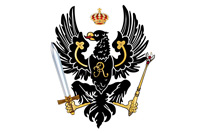 The Kingdom of Prussia was a German kingdom that constituted the state of Prussia between 1701 and 1918. It was the driving force behind the unification of Germany in 1871 and was the leading state of the German Empire until its dissolution in 1918. Although it took its name from the region called Prussia, it was based in the Margraviate of Brandenburg. Its capital was Berlin. in the east.
The Kingdom of Prussia was a German kingdom that constituted the state of Prussia between 1701 and 1918. It was the driving force behind the unification of Germany in 1871 and was the leading state of the German Empire until its dissolution in 1918. Although it took its name from the region called Prussia, it was based in the Margraviate of Brandenburg. Its capital was Berlin. in the east.
Despite this, the Austrians, under the command of General Laudon, captured Glatz (now Kłodzko, Poland) in Silesia. In the Battle of Liegnitz Frederick scored a strong victory despite being outnumbered three to one. The Russians under General Saltykov and Austrians under General Lacy briefly occupied his capital, Berlin, in October, but could not hold it for long. Still, the loss of Berlin to the Russians and Austrians was a great blow to Frederick's prestige as many pointed out that the Prussians had no hope of occupying temporarily or otherwise St. Petersburg or Vienna. The end of that year saw Frederick once more victorious, defeating the able Daun in the Battle of Torgau; but he suffered very heavy casualties, and the Austrians retreated in good order.

Battle of Liegnitz (1760)

Battle of Liegnitz (1760)
( Click image to enlarge)
Meanwhile, after the battle of Kunersdorf, the Russian army was mostly inactive due mostly to their tenuous supply lines. Russian logistics were so poor that in October 1759, an agreement was signed under which the Austrians undertook to supply the Russians as the quartermaster's department of the Russian Army was badly strained by the demands of Russian armies operating so far from home. As it was, the requirement that the Austrian quartermaster's department supply both the Austrian and Russian armies proved beyond its capacity, and in practice, the Russians received little in the way of supplies from the Austrians. At Liegnitz (now Legnica, Poland), the Russians arrived too late to participate in the battle. They made two attempts to storm the fortress of Kolberg, but neither succeeded. The tenacious resistance of Kolberg allowed Frederick to focus on the Austrians instead of having to split his forces.
HISTORY
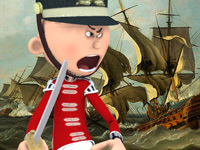
RESOURCES
This article uses material from the Wikipedia article "Seven Years' War", which is released under the Creative Commons Attribution-Share-Alike License 3.0.
© Stories Preschool. All Rights Reserved.
